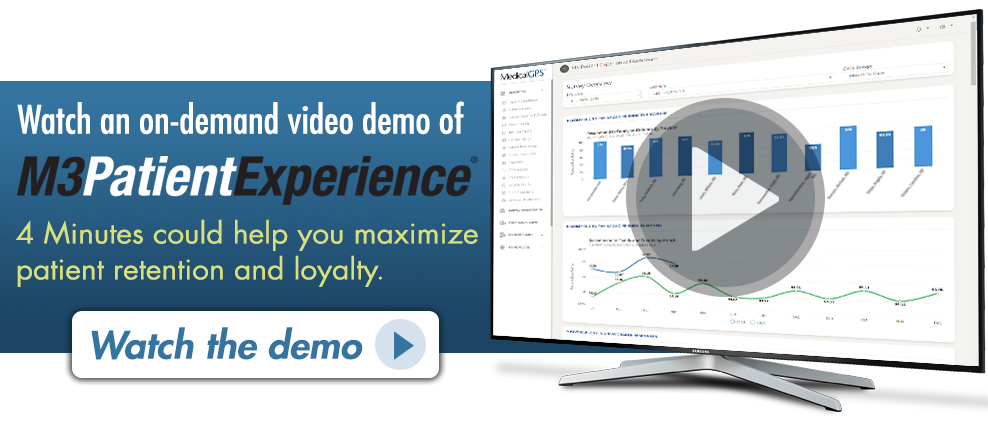 Effective communication is the foundation of the physician-patient relationship, so much so that it is not an overstatement to say, effective communication skills are essential in the delivery of quality care. In the age of Value Based Care, provider communication is considered an important quality measure and patients are rating their doctor’s communication skills through patient satisfaction surveys. Provider communication skills, and a provider’s ability to demonstrate those skills are being linked to reimbursement, and, are often some of the hardest quality measures to improve upon. Many clinicians have a tendency to overestimate their ability to communicate effectively, which only adds to the complexity of making improvements.
Effective communication is the foundation of the physician-patient relationship, so much so that it is not an overstatement to say, effective communication skills are essential in the delivery of quality care. In the age of Value Based Care, provider communication is considered an important quality measure and patients are rating their doctor’s communication skills through patient satisfaction surveys. Provider communication skills, and a provider’s ability to demonstrate those skills are being linked to reimbursement, and, are often some of the hardest quality measures to improve upon. Many clinicians have a tendency to overestimate their ability to communicate effectively, which only adds to the complexity of making improvements.
Below is a sampling of CG CAHPS questions that directly relate to provider communication, along with best practices for improving communication:
- Provider explained things in a way that was easy to understand. Provided easy to understand instructions about health problem or concern. Physicians have a difficult job and an enormous amount on their plates. One challenge in particular? How to communicate the “right amount” of information in such a short time interval. Providing too much information can leave a patient feeling a lost and confused. Considering every patient is different and every circumstance is unique, practicing the art of effective communication is an ongoing endeavor. When communicating especially important information, it is helpful to provide small pieces of information at a time, checking with the patient throughout the process to ensure the patient understands and is comprehending. Often referred to as the ‘teach-back’ method, healthcare providers that confirm whether a patient (or care takers) understands the important aspects of what has been explained. If a patient understands, they are able to “teach-back” the information in their own words, accurately.
- Provider listened carefully to you. One of the most effective communication skills is silence. Waiting just a few seconds in silence, after asking a patient a question, allows the patient time to formulate a meaningful response and can also elicit additional information. Reaffirming what the patient said, in a non-judgmental tone, lets the patient know what they had to say was heard, and that the patient’s perspective was understood and considered. Taking an extra minute or two to allow the patient to speak is often enough time for patients to share their feelings and expectations, AND to feel that their provider listens well.
- Provider spent sufficient time with you- Studies showthat a patient’s perception of time spent increases if a physician sits down. Sitting by the patient’s bedside, or in an office setting, have the patient seated in a chair when possible and pull-up next to the patient, is an effective technique that communicates volumes – even beyond words . Create the perception of shared time. Try to avoid appearing rushed, looking at a watch or placing one hand on the door handle.
- Provider showed respect for what you had to say – Research has shown the many benefits of shared-decision making. By involving the patient in the decision-making process, they are more likely to be satisfied and compliant. A few examples of this include:
- Giving the patient a choice. For example: “There are a lot of treatment options for heart disease — go over options — which of these do you feel might work best for you?”
- Encourage patient contribution. For example: “You may have already thought about ways you could make a difference. Was there anything you had in mind?”
These are a few best practices directly related to CG CAHPS survey questions that can help improve provider communication, and ultimately CG CAHPS scores. Clinicians who listen carefully, sit down next to the patient, and treat patients with respect and concern will improve outcomes and patient experience.



1 thought on “4 Best Practices for Improving CG CAHPS- Provider Communication”